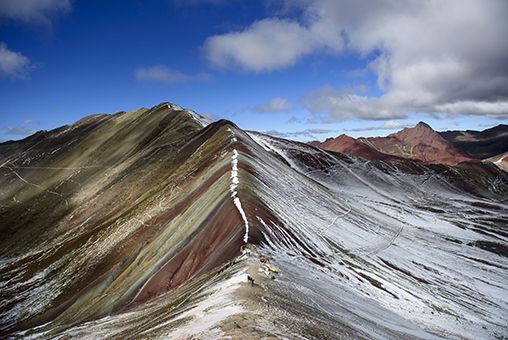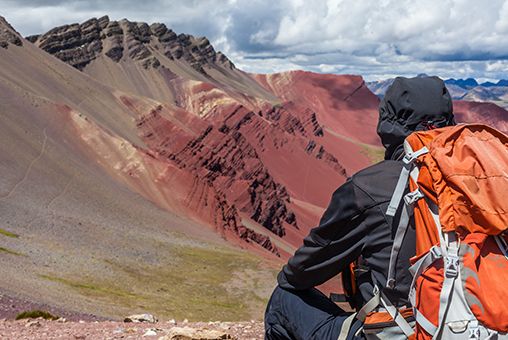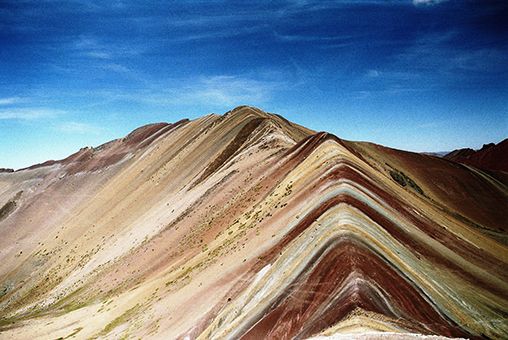Vinicunca, Rainbow Mountain
Mt. Vinicunca (Winikunka in Quechua), is also known as the Rainbow Mountain, or the Mountain of Seven Colors. Andean Lodges, the first tour operator to access the area, has included this natural wonder in its trekking programs for over ten years. The mountain has become more popular over the past five years, and today it receives hundreds of visitors attracted to seeing its vividly colorful soil strata and its breathtaking landscape.
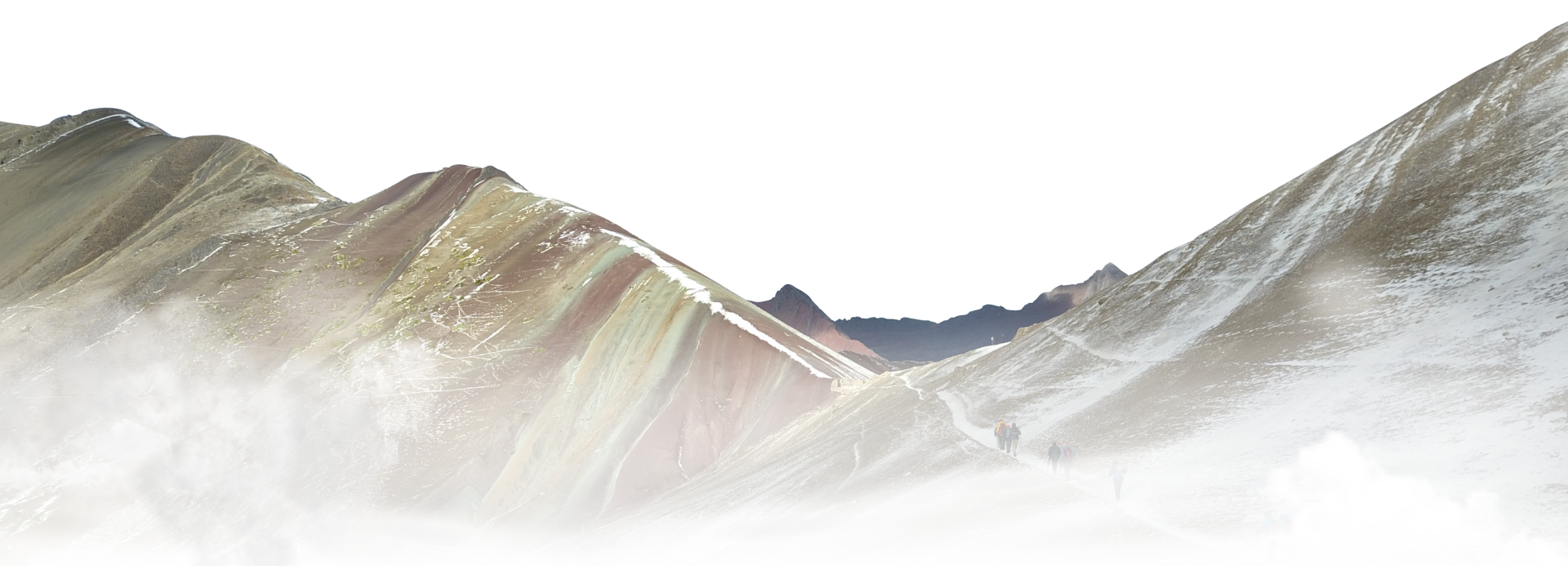
Vinicunca’s location
Mt. Vinicunca is located on the Mt. Ausangate trail in the Cusco
region of Peru’s southern Andes, about 100 km. from the city of Cusco.
The mountain belongs to the town of native
Pitumarca, where the local Quechua people call it the “Colorful Mountain”.
It rises 5,200 meters (17,000 ft.) above sea level. .
Andean Lodges, as a rural community-based ecotourism outfitter, includes
visits to Rainbow Mountain on most of its trekking programs.
How was Rainbow Mountain formed?
Upon seeing this impressive mountain and its wonderful colors, the inevitable question is
¿How was it Formed?
To answer this, we need to go back about 24 million years, to when tectonic plate movements
created vast changes in tremendously rich mineral deposits, such as sandy sediments, halites,
gravel and calcites of diverse colors, from ochre red, to green, mustard yellow and white,
among others.
The many layers of mineral sediment gradually became compacted one upon anther, until they formed
clay-like strata, depending on their weight; heavier soils were deposited below and lighter soils
above.
In that way, what we know today as Vinicunca was formed.
What makes up the colors of Vinicunca, Rainbow Mountain?
La composición mineralógica que tiene la montaña es: el color rosado por la arcilla roja, fangolitas (fango) y arilitas (arena). El Blanquecino, por la arenisca cuarzosa y margas, ricas en carbonato de calcio.
The geological composition of the mountain is approximately the following: pink colors from red clays and sands. White colors are formed by quartzes and clays, rich in calcium carbonate.
Reds are formed iron-rich soils and clays from the Upper Tertiary period. The greens are composed of magnesium oxide-rich clays, earth brown is formed by magnesium conglomerates from the Quaternary era. And the mustard yellows are formed by sulfur-rich sandy soils.
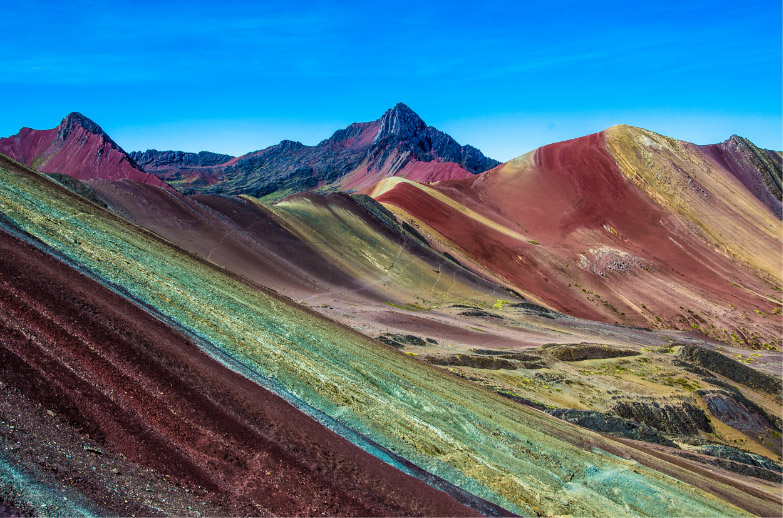
¿How is the climate at Vinicunca?
Flora and fauna
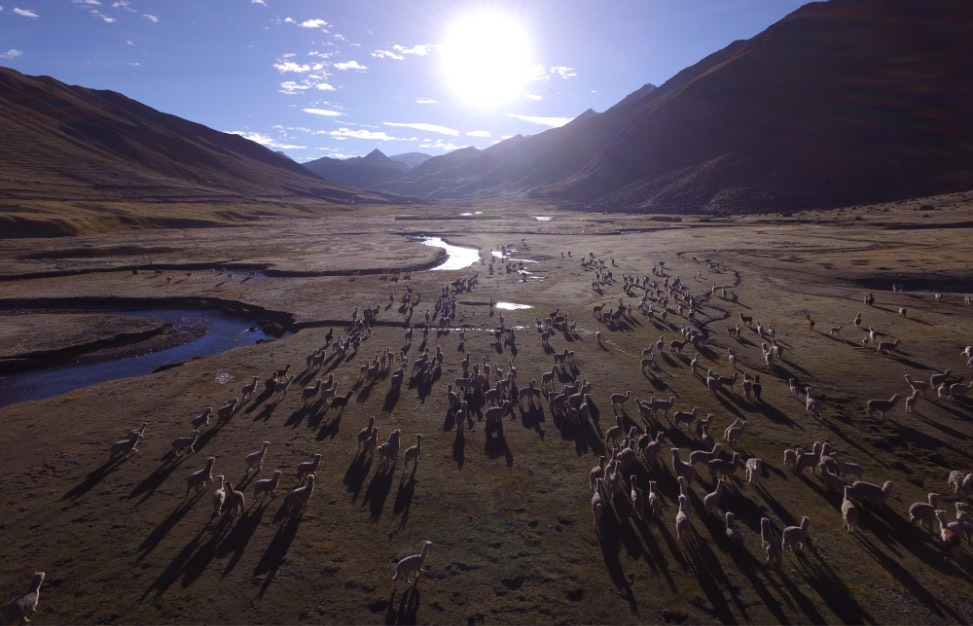
¿How to get to Vinicunca?
If you wish to explore the area for more time, numerous trails offer the chance to enjoy incomparable vistas. Andean Lodges offers you trekking programs of up to seven days, for you to discover the delights of the entire circuit of sacred Mt. Ausangate. Your visit will contribute to the livelihood and sustainable development of the local native communities, as well as to the conservation of the natural environment of Mt. Vinicunca.
Find out about all the activities you can enjoy with us at Vinicunca. We’re dedicated to socially responsible ecotourism, and we guarantee you’ll have a great experience.
Because we’re seriously committed to the area’s conservation, we have a few common-sense recommendations to keep in mind while you’re visiting there, or anywhere in Peru’s Andes:
•
Spend at least three days in Cusco o at similar altitude prior to your visit.•
Please contract for the trip with professional tour agencies and visit the site accompany red by authorized professional guides.•
Please pay attention to your guides’ recommendations and respect indication signs.•
All waste must be carried with you and removed from the mountain.•
Contratar servicios turísticos formales e ir siempre acompañado por un guía profesional autorizado.•
No digging or removal of natural materials is permitted.•
No graffiti or damage to rocks or the land is permitted.•
Report any damage or inappropriate behavior you might witness in the area.At Andean Lodges we really do take a socially responsible approach to ecotourism, in order to conserve this wonderful place. Future generations will thank us for it!
Our activities

